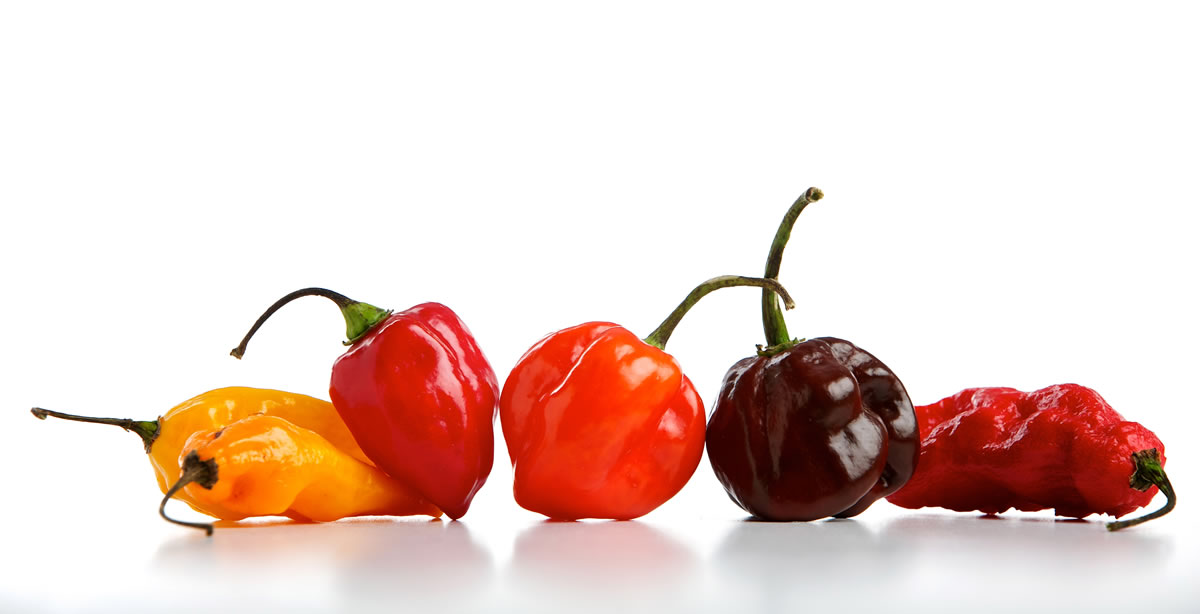Makes 2 half-pints
The heat for this jam comes from the Bhut Jolokia, the scorching Indian chili often called the ghost pepper. Wear protective kitchen gloves — and avoid touching your face — while handling the peppers.
2 1/2 cups pears, peeled, cored and finely chopped
1 cup water
2 tablespoons freshly squeezed lemon juice
1 teaspoon seeded and minced Bhut Jolokia chili peppers (see headnote)
3 tablespoons low-sugar pectin
2/3 cup sugar
Sterilize 2 half-pint jars and lids according to the manufacturer’s recommendations. Keep them in warm water until ready to use.
Combine the pear, water, lemon juice and Bhut Jolokia in a large saucepan over medium heat. Gradually stir in the pectin and increase the temperature to high. Bring the mixture to a rolling boil, stirring constantly.
Add the sugar and return the mixture to a boil. Keep stirring for a full minute at a rolling boil, then remove the saucepan from the heat. Skim off foam as necessary.



